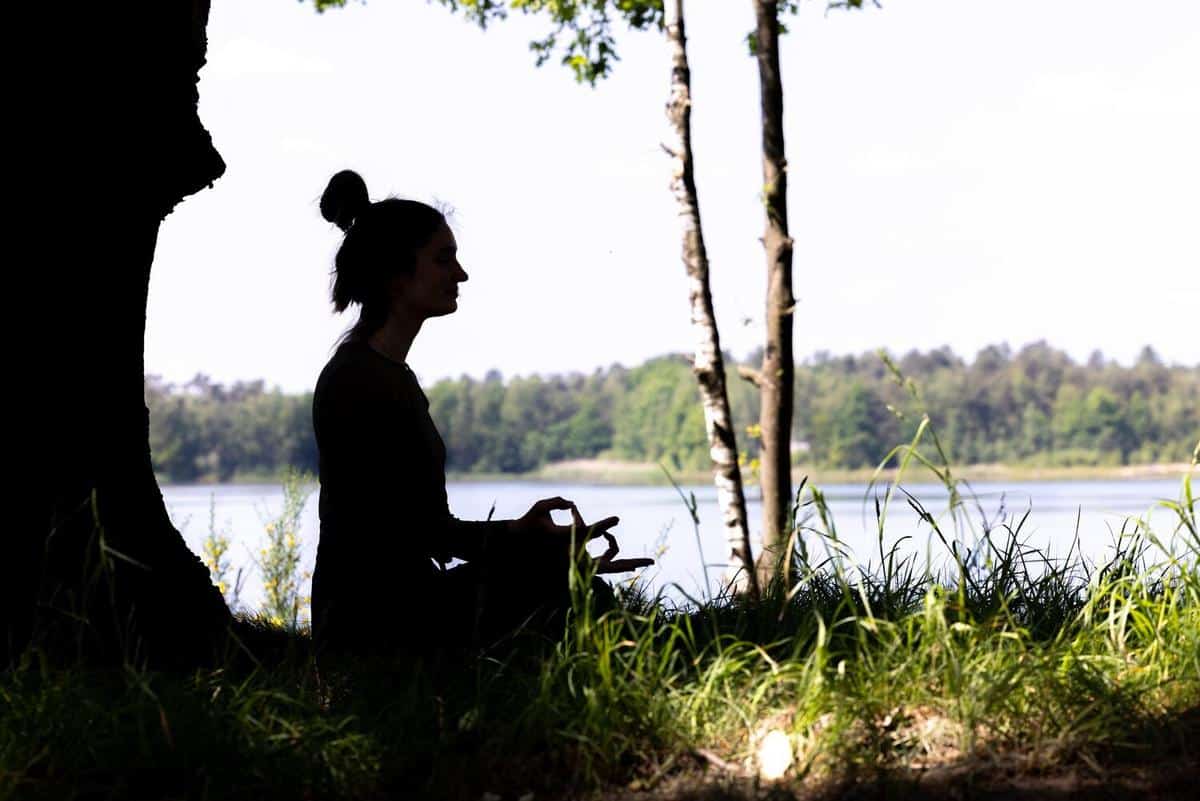
Mindfulness Techniques for Managing Stress and Anxiety
Stress and anxiety have become all too common in our daily lives, often leaving us searching for effective ways to manage these overwhelming feelings. Mindfulness, a practice rooted in ancient traditions, offers a powerful toolkit to help navigate and alleviate stress and anxiety.
Understanding Mindfulness
Mindfulness is the practice of being fully present and engaged in the moment, without judgment. This mental state is achieved by focusing on the present, allowing us to gain perspective and find calm amidst the chaos. According to Dr. Jon Kabat-Zinn, a pioneer in the field, mindfulness can help reduce stress and improve overall well-being.
Research-Backed Benefits
Research has shown that mindfulness can lead to a significant reduction in stress levels. A study published in the journal ‘Psychosomatic Medicine’ found that individuals practicing mindfulness meditation experienced lower levels of the stress hormone cortisol. Additionally, a meta-analysis in ‘JAMA Internal Medicine’ highlighted mindfulness as an effective intervention for anxiety, depression, and pain.
Practical Mindfulness Techniques
Mindful Breathing
One of the simplest yet effective techniques is mindful breathing. By focusing on each breath, you can ground yourself in the present moment. Try this: Sit comfortably, close your eyes, and take deep breaths. Notice the inhalation and exhalation, and let go of any distractions.
Body Scan Meditation
This practice involves mentally scanning your body from head to toe, acknowledging any tension or discomfort. It helps in releasing built-up stress and brings awareness to how your body feels.
Walking Meditation
Incorporate mindfulness into daily activities like walking. Focus on each step, the movement of your legs, and the sensation of your feet touching the ground. This practice can be particularly soothing in nature settings.
Personal Stories
Emily, a marketing professional, shares how mindfulness transformed her life. “I was constantly stressed about deadlines until I started practicing mindfulness. Now, I approach challenges calmly and feel more in control,” she says.
Resources for Further Exploration
For those interested in delving deeper, consider exploring online platforms like the ‘Mindful’ website for articles, guided meditations, and community support. Local mindfulness workshops and retreats can also provide immersive experiences.
| Technique | Description | Duration | Benefits |
|---|---|---|---|
| Mindful Breathing | Focus on breath | 5-10 minutes | Reduces anxiety |
| Body Scan | Scan body for tension | 10-20 minutes | Relieves stress |
| Walking Meditation | Mindful walking | 15-30 minutes | Improves focus |
| Gratitude Journal | Write what you’re thankful for | 5 minutes | Increases positivity |
| Yoga | Mindful movement | 30-60 minutes | Enhances relaxation |
| Visualization | Imagine peaceful scenes | 5-15 minutes | Boosts mood |
| Guided Meditation | Follow recorded meditation | 10-30 minutes | Deepens mindfulness |
| Mindful Eating | Focus on eating experience | Varies | Improves digestion |
Frequently Asked Questions
What is mindfulness?
Mindfulness is the practice of focusing on the present moment without judgment.
How does mindfulness reduce stress?
By increasing awareness and acceptance, mindfulness helps reduce the impact of stressors.
Can beginners practice mindfulness?
Yes, mindfulness is accessible to everyone and can be practiced in simple steps.
Are there any resources to learn mindfulness?
Online platforms, books, and local workshops offer great starting points for learning mindfulness.
Conclusion
Mindfulness techniques offer a practical and effective way to manage stress and anxiety, promoting a healthier and more balanced life. By incorporating these practices into your daily routine, you can cultivate a sense of peace and clarity. Start with small steps and gradually build a mindfulness practice that suits your lifestyle. Remember, the journey to mindfulness is personal and there is no one-size-fits-all approach.


